Don't you LOVE a real culinary adventure to the Emerald Isle? My family and I love that same trip with this Authentic Traditional Irish Brown Bread Recipe - no yeast! It's made with wholesome ingredients like hearty whole wheat flour, creamy buttermilk, this traditional loaf promises to delight your taste buds with rustic charm.
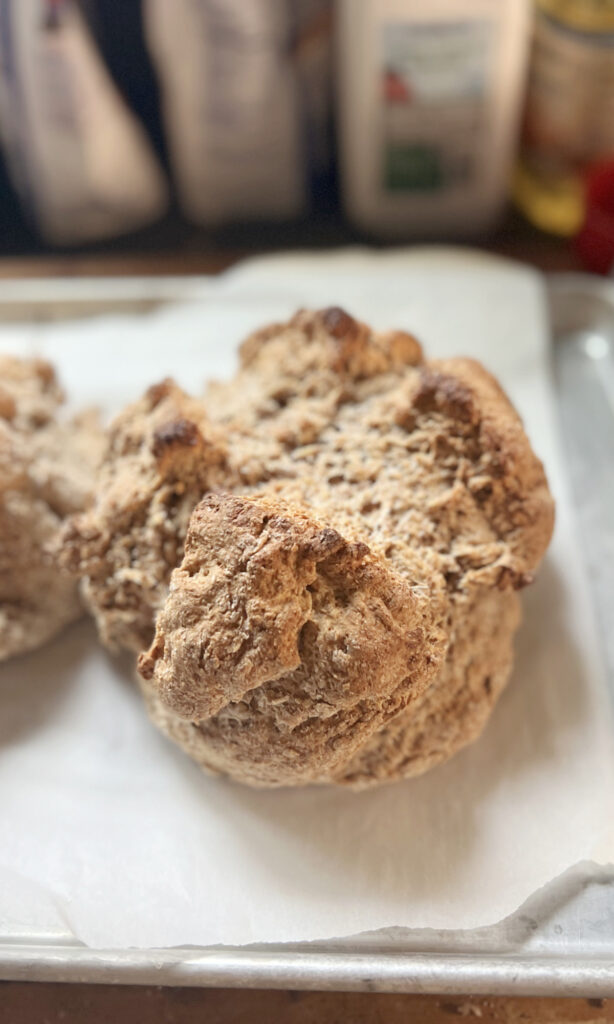
Irish Brown Soda Bread
I'm not big on making breads, in case you didn't know. But with just a few steps, you can create the warm nutty aroma and the hearty texture that has made Irish Brown Bread a beloved staple in kitchens around the world (even the united states) and in irish recipes.
I use this bread when I'm craving a cozy breakfast treat or as the perfect accompaniment to a hearty stew (see our Irish Stew)! Our Irish Brown Bread Recipe is sure to impress! It has a crunchy crust and a tender crumb and each slice will take you home to ol Ireland!
These are the easiest to follow instructions and require NO YEAST! Thank goodness! The results are irresistable and you'll be savoring every last crumb in no time! Perfect for st. patrick's day!
No special equipment is required either, just a large bowl, some measuring cups and spoons, a baking sheet and some parchment paper. Irish bread, with it's nutty flavor never tasted so good as it does now. This is perfect for the professional baker as well as the home cook.
You might want to try a few of our other bread recipes like How to Freeze Bread, Bacon Pull Apart Bread Recipe, or How to Defrost Bread.
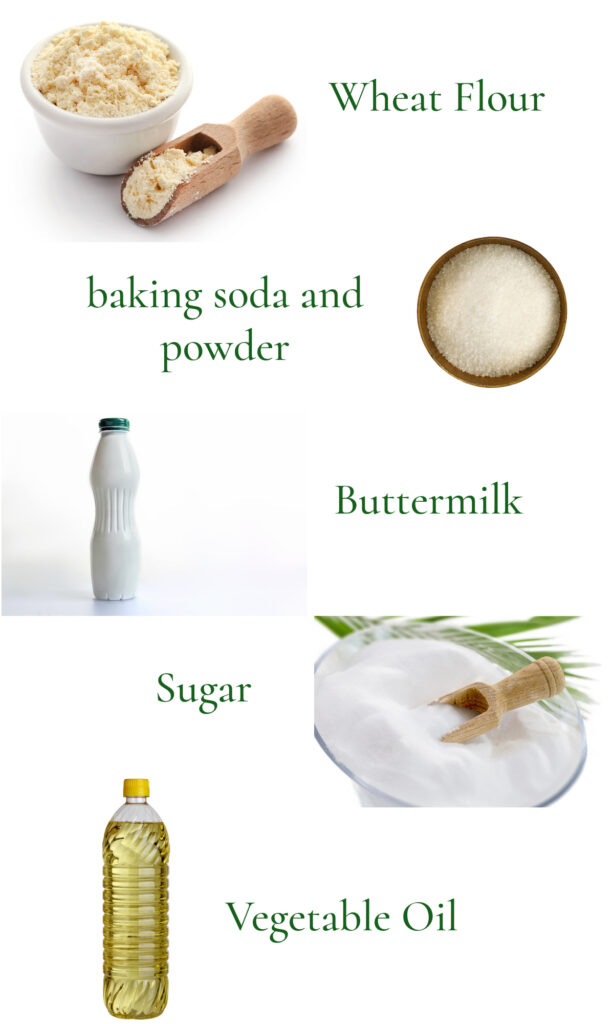
Here's What You'll Need for This Authentic Irish Brown Bread Recipe
1. Whole Wheat Flour
You might want to make this with All Purpose white flour or something else that you have in your cabinet, but this recipe really requires whole wheat flour. You'll find it in the grocery with the other flours and you'll notice that it has little brown flakes of wheat germ and is a slightly darker color.
If you have never worked with whole wheat flour, it isn't that different than white flour but it does give a hearty sweet and nutty flavor to the bread that you won't be able to get without using whole wheat flour.
2. Buttermilk
Buttermilk does something special in the recipe. It provides the needed moisture as well as a little tang. More importantly, the acid in the buttermilk activates the baking soda so that the bread does rise. It's needed for a heavy hearty loaf of bread like this.
*Don't have any buttermilk? You can substitute a mixture of milk and lemon juice. Allow it to sit until it curdles a bit. It will work just fine, don't sweat it!
3. Baking Soda and Baking Powder
These are the superpowers that give this loaf some rise. You'll notice how formidable this loaf is and understand why it needs super strength ingredients for rising!
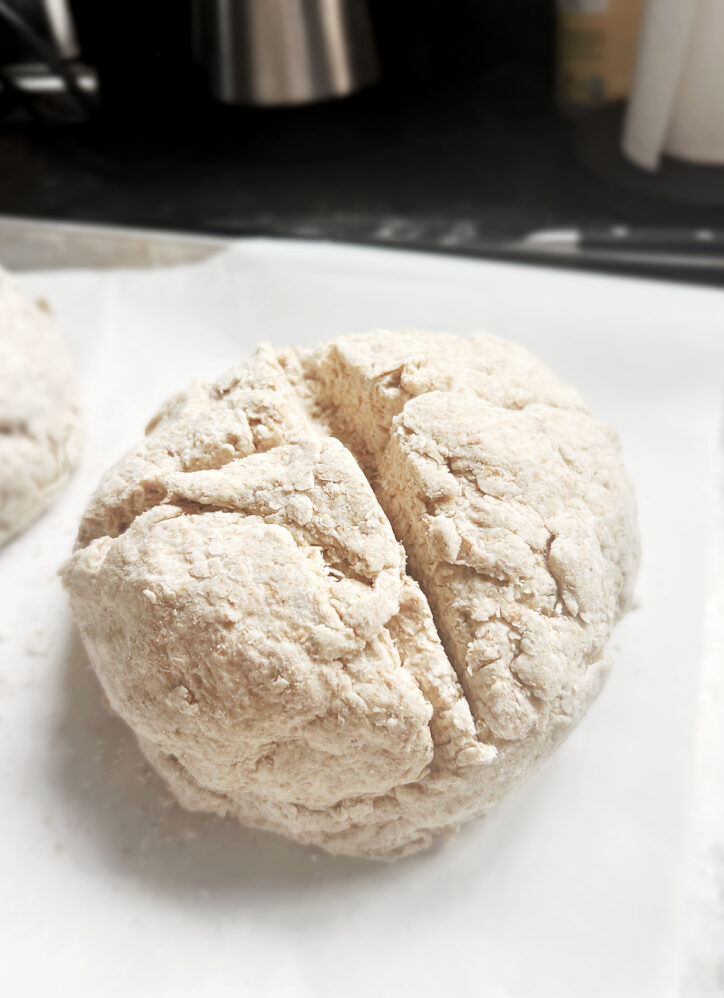
Here's How You Make Authentic Irish Soda Bread
- Whisk the dry ingredients together
- Make a well in the center and add the wet ingredients
- Mix with a spatula or wooden spoon and then your hands until the dough just comes together in a soft dough.
- Pat into a large ball and place on a baking sheet.
- Cut a deep cross X in the top of the center of the loaf dough with a sharp knife.
What You Need to Know About Irish Soda Bread
You'll want to know how to make this bread perfectly and if you've never made an Irish Soda Bread before, this will be a little different.
Rules
Follow the simple steps of mix the ingredients, knead no more than 10 times, shape it and cut that X! Then get that bad boy in the oven.
- Work quickly-and get the bread into the oven. Remember we said that the buttermilk activates the baking soda. So you want to catch that rise and have it in the oven baking. If you've ever mixed vinegar and baking soda, you'll know that the reaction is BIG and happens quickly and then it's over! Get it in the oven quickly so that your dough isn't tough.
- 10 Kneads Only - You can overwork this dough easily and then you'll be wanting to add more buttermilk or vegetable oil to moisten it. It's ok if it looks craggy and barely holding together. The less you handle this dough, the softer the crumb. It's like Mexican Corn Bread Muffins or Blueberry Mini Muffins with a crumb top, no real need to handle the dough much.
- The Amount of Flour Needed Might Change a Bit - this happens even day to day, hour to hour. The humidity in the air can affect how much you need. So use a little less than the recipe calls for, keep the rest nearby and dust your board or add in the rest if its needed. It's better to have a stickier dough and add a bit of flour if it is needed.
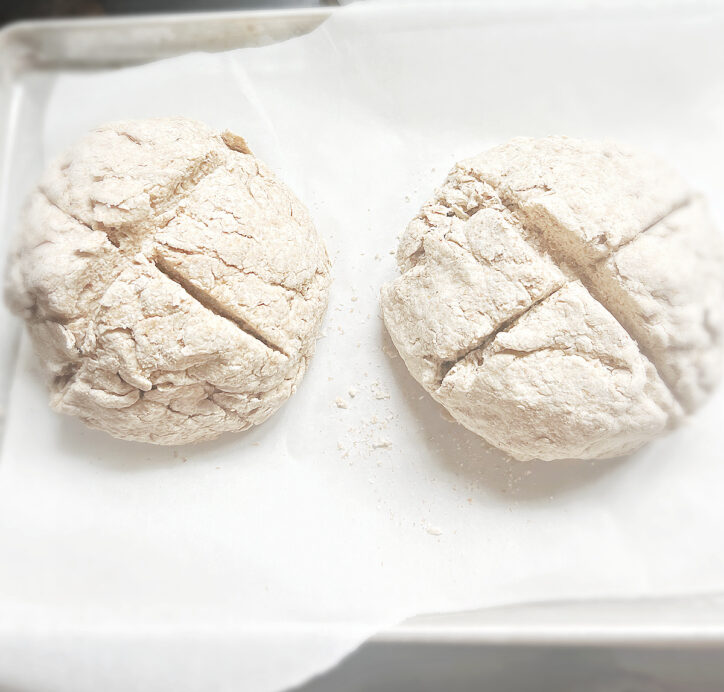
Tips and Tricks for the Best Results
- This is a no yeast recipe and does not require time to allow the dough to rise.
- Always knead bread on a lightly floured surface so that the dough doesn't stick.
- Cut the X on the top of the loaf about ½ an inch thick, this creates a craggy mountain range of delicious crunch.
- Cool on a wire rack if possible to allow the bread to cool as quickly as possible. As a heavy loaf, it takes a while to cool.
- There is no way to substitute white flour for the wheat germ wheat flour.
- If you thump the cooled loaf, you'll notice that it makes a hollow sound.
- The baking time for me was exactly 40 minutes every single time.
- You can bake in a loaf pan if needed but it is easiest to simply form a ball for this easy recipe.
- For an interesting history of Brown Irish Bread, read here.
PRO TIP: Add the buttermilk required for the recipe and if the dough isn't exactly coming together, add about 1 Tbs of buttermilk to the top of the loaf and knead it in. A single tablespoon makes a difference for the whole loaf!
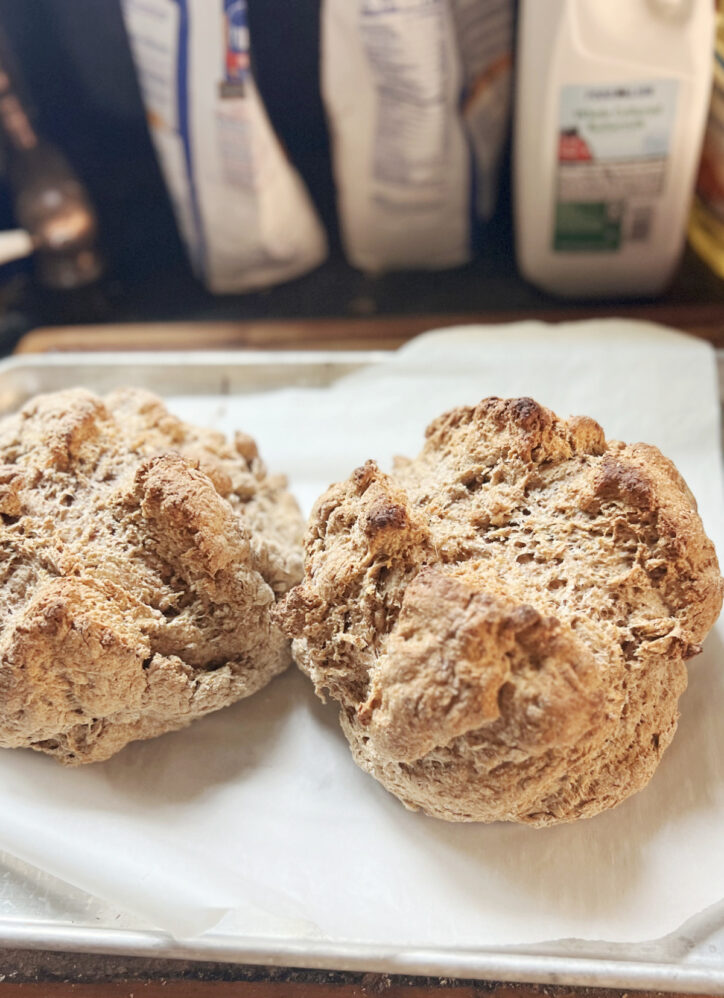
How Can I Change This Recipe Up
While this is the plain version of this recipe, you can always change it up a bit! (When I say plain, I'm not saying it doesn't have a ton of flavor, because it does have flavor, I'm saying its the traditional, historic and orginal form of Irish Brown Bread).
Oats - You can add some quick cook oats for a lovely texture.
Seeds - pumpkin, sesame and caraway seeds are a favorite.
Raisins - Add color and a touch more sweetness.
How to Serve This Bread
Toast it, heat it a bit or just cut a piece off and eat it!
I like it best sliced off the loaf and toasted in the toaster oven and then just spread with butter!
It's really made to serve with stews and soups like this Traditional Irish Stew, Oxtail Stew or My original Brunswick Stew.
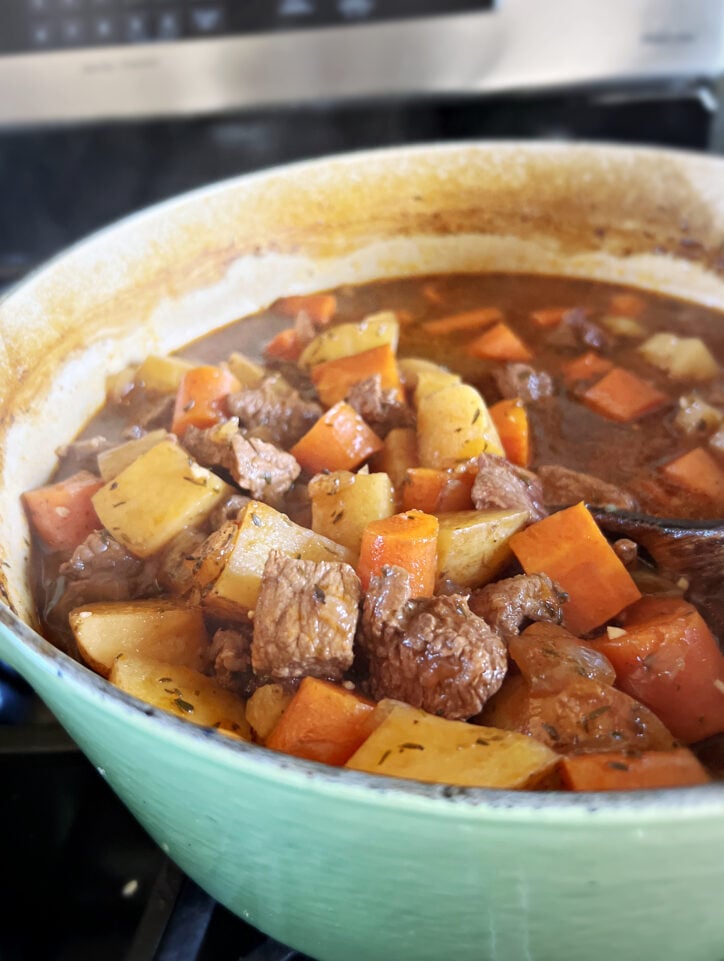
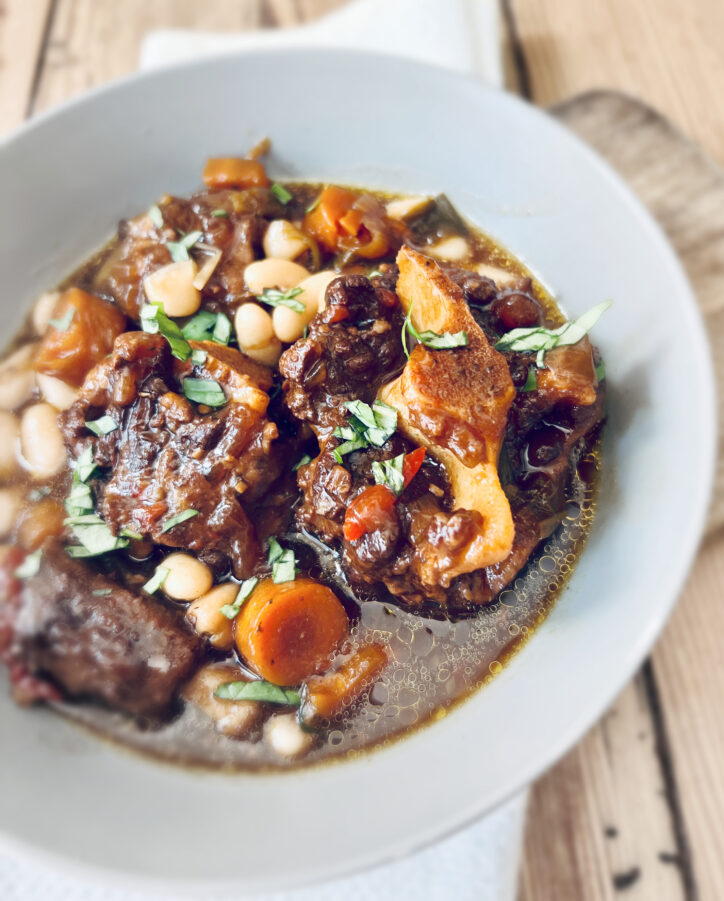
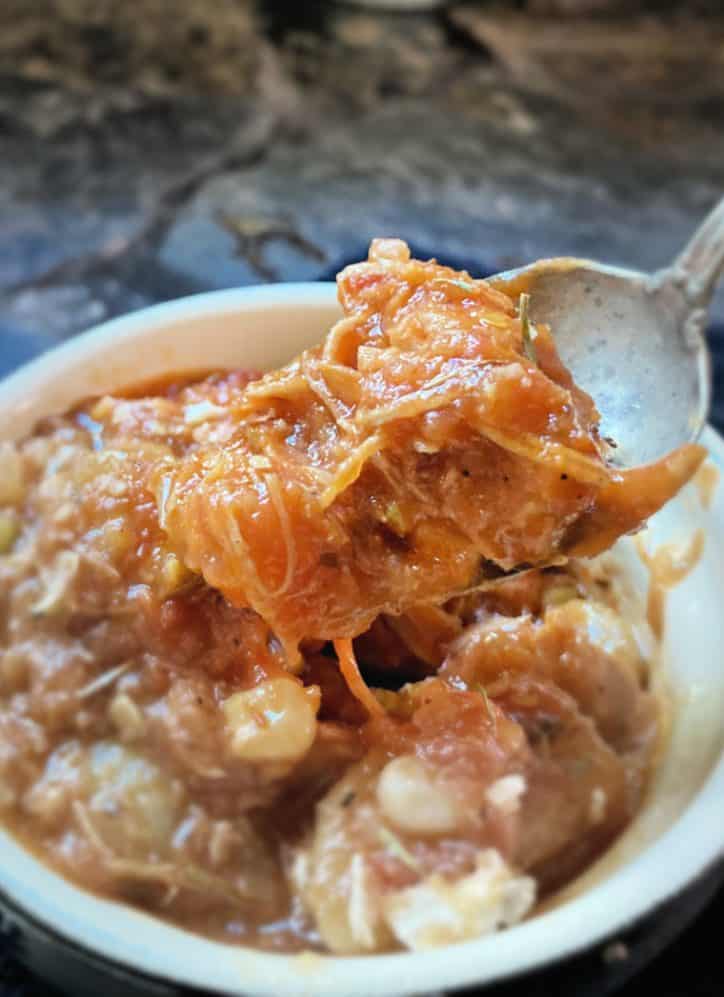
You can also use this to make some delicious garlic cheese toast, texas toast style or even my favorite sandwich ever! Just use it like you would any other bread!
Storage, Freezing and Reheating
Store Irish Brown Bread in an airtight container or plastic wrap for up to 3 days. Rememer that this traditional irish recipe doesn't have any preservatives.
You can Freeze Irish Soda Bread Recipe in a freezer safe container (remove as much air as possible) for up to 3 months.
Reheat in a toaster oven in aluminum foil or in the oven a single slice at the time.
Watch Me Make This No Yeast Bread
This quick bread is made so effortlessly! It's fun to cut that X on the top of the dough and then enjoy some irish butter on the craggy tops of this traditional irish soda bread. I hope you'll give your own lightly floured work surface a try and make this fresh bread!
Please come visit Sarah and me on social media and YouTube! We love to hear from you and we answer every single question and comment personally!
If you leave a comment in the comment section below, I'll respond right away! Thank you for leaving a 5 STAR comment as this helps others to find the recipes at Loaves and Dishes!
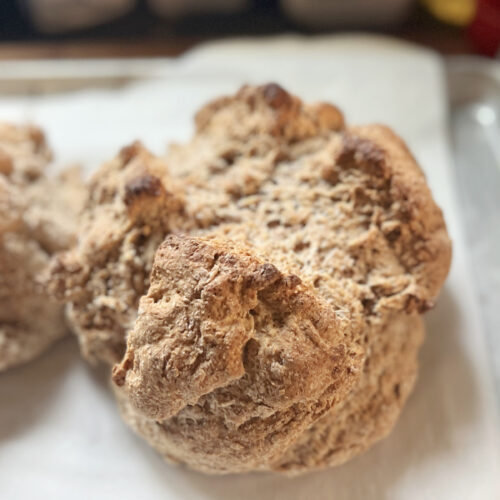
Traditional Irish Brown Bread Recipe - no yeast
Ingredients
- 4 cups whole wheat flour
- 3 tablespoons granulated sugar
- 1 teaspoon Kosher salt
- 1 teaspoon baking soda
- 2 teaspoons baking powder
- 1 ½ cups + 2 Tbs buttermilk
- 2 tablespoons vegetable oil
Instructions
- Preheat the oven to 400.
- In a large bowl, whisk the dry ingredients together.
- Make a well in the center and add the buttermilk and the vegetable oil.
- Mix well with a spatula. Turn out onto a lightly floured surface and knead 10-12 times until the dough just holds together. Form into a ball and place on a baking sheet lined with parchment paper.
- Bake for 40 minutes at 400 degrees.
- Remove from the oven and cool slightly. Serve warm.
Notes
- This is a no yeast recipe and does not require time to allow the dough to rise.
- Always knead bread on a lightly floured surface so that the dough doesn't stick.
- Cut the X on the top of the loaf about ½ an inch thick, this creates a craggy mountain range of delicious crunch.
- Cool on a wire rack if possible to allow the bread to cool as quickly as possible. As a heavy loaf, it takes a while to cool.
- There is no way to substitute white flour for the wheat germ wheat flour.
- If you thump the cooled loaf, you'll notice that it makes a hollow sound.
- The baking time for me was exactly 40 minutes every single time.
- You can bake in a loaf pan if needed but it is easiest to simply form a ball for this easy recipe.
- For an interesting history of Brown Irish Bread, read here.

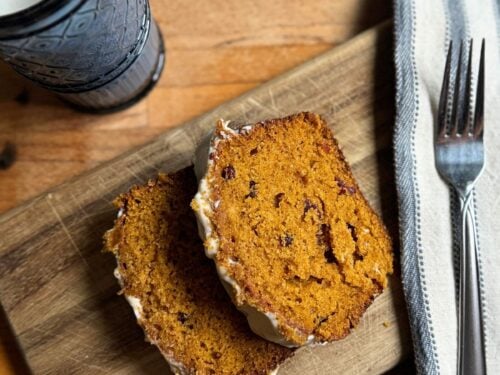
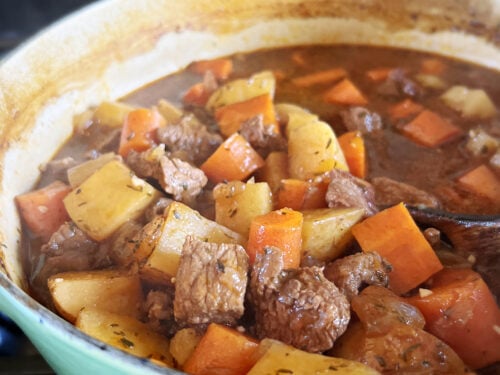
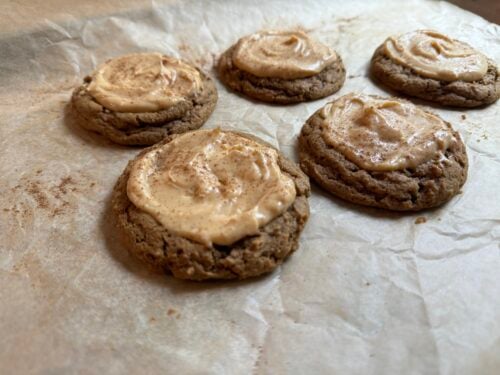
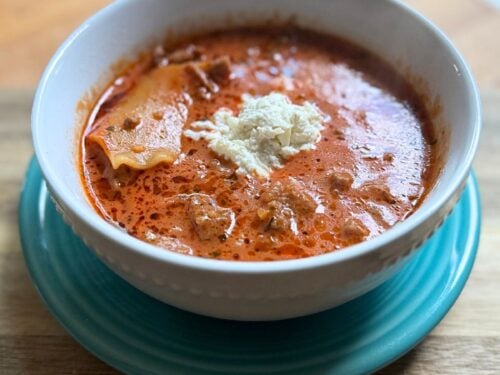

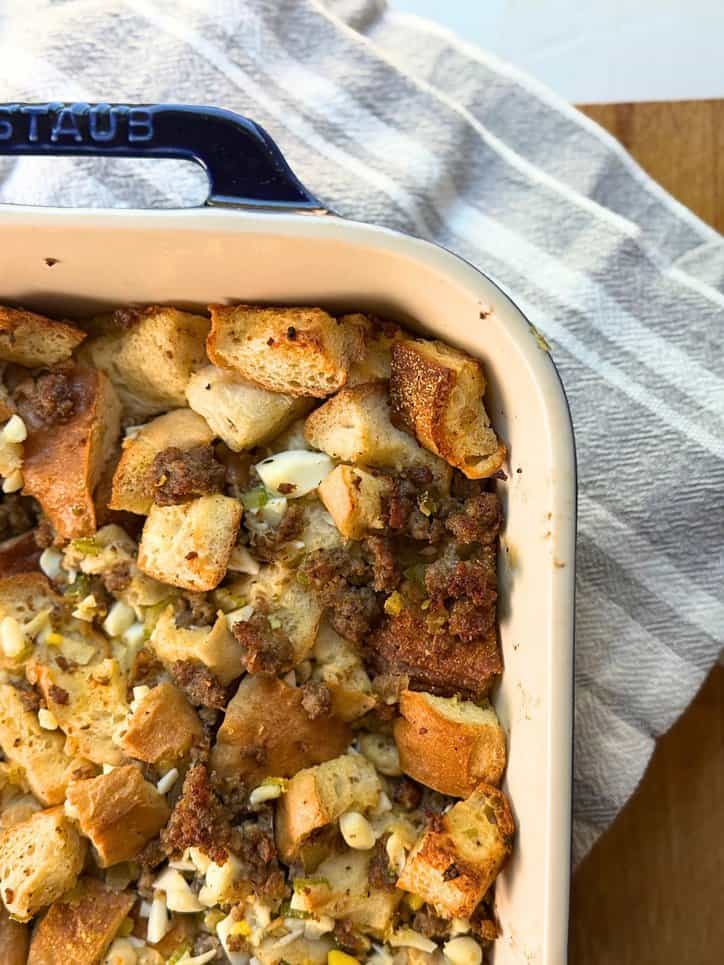
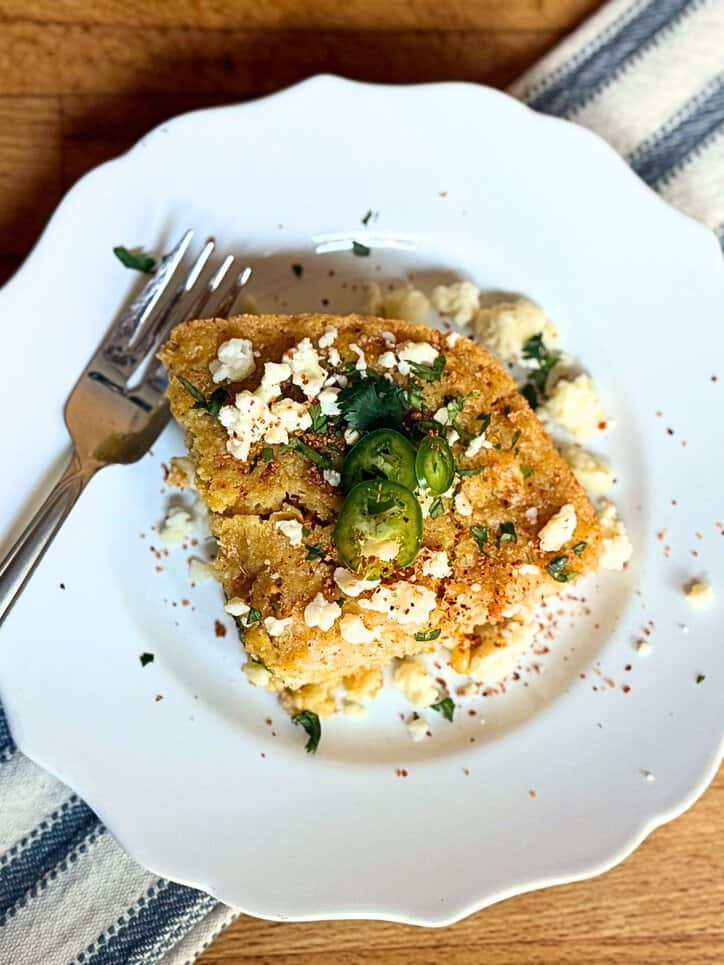
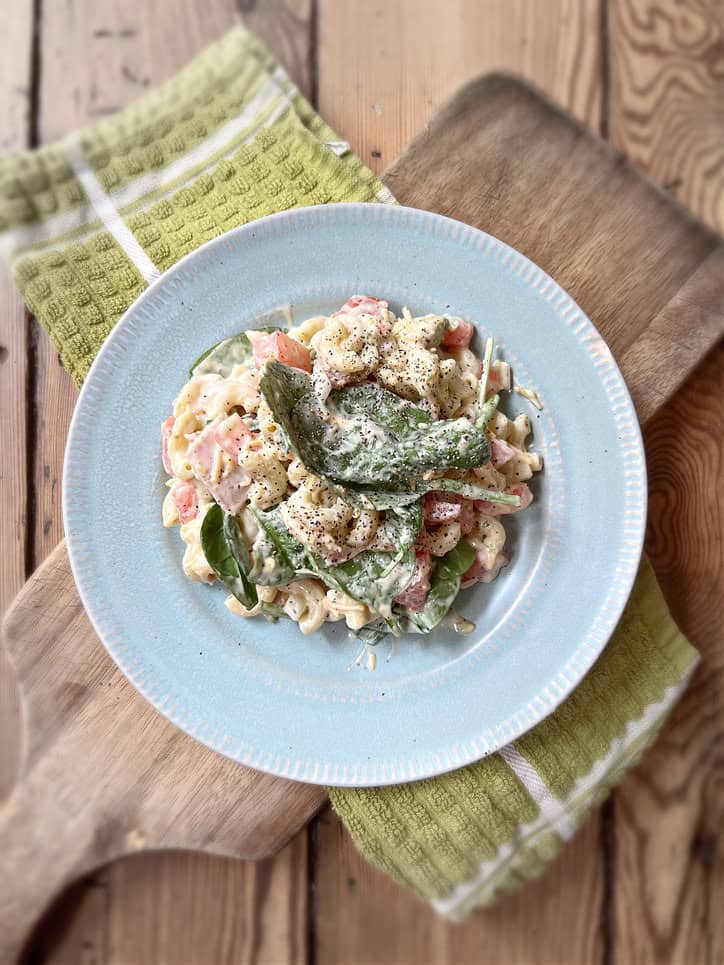
Wendi says
Test rating.